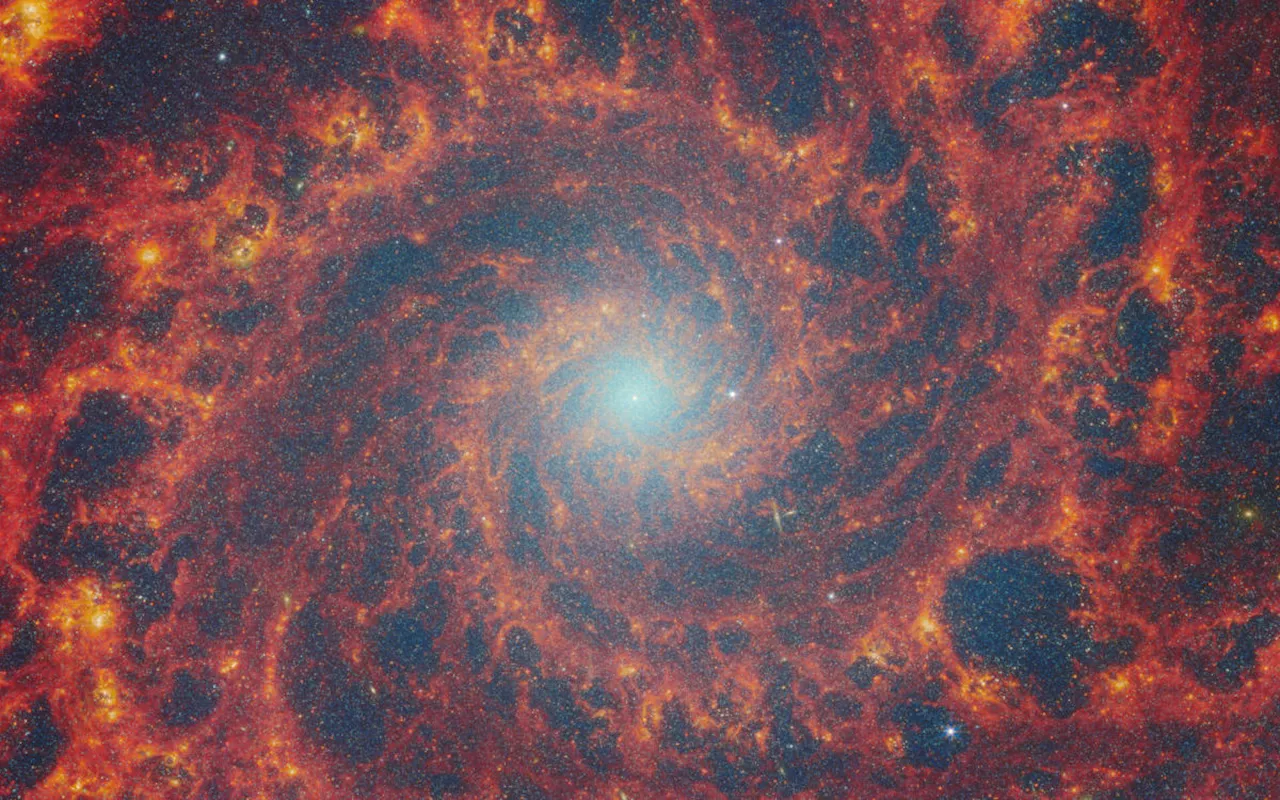Jeremy is a Malaysian freelance writer who loves video games and technology. He reports on tech news at Engadget, and his work has been featured on Cloudwards, MyNextTablet, and Quantum Zeitgeist. In addition to competitive gaming, Jeremy enjoys Chinese martial arts and reading. Ask him about Snake from Super Smash Bros. Ultimate.
of the Phantom Galaxy , also known as M74 and NGC 628. The James Webb Space Telescope captured it. This isn’t the first time we’ve seen the Webb telescope send a picture of the Phantom Galaxy back. NASA previouslyBelow is the 2022 image for comparison. Despite the different colors, it’s clear that both images are of the same galaxy.Webb captured the older image using only its Mid-InfraRed Instrument . Conversely, the new one combines data from MIRI and Webb’s Near-InfraRed Camera .
For the uninitiated, stellar nurseries are regions in space full of gasses and molecular clouds. They’re where stars and planets are born. For that reason, some people also refer to them as star-forming regions. The FEAST team’s primary mission is to examine stellar feedback in locations outside the Milky Way galaxy while also observing the formation of stars. By looking at how much energy from stars pours out into the surroundings, scientists can better understand how stars come into being.
Combined data from Webb’s MIRI and NIRCam instruments allowed scientists to conclude that the spiral arms of the Phantom Galaxy are where stars are more actively forming in the celestial body. Thanks to NIRCam, the JWST can now also see hydrogen emission lines, which aren’t as affected by the dust and show where massive stars are newly formed.
Phantom Galaxy MIRI NASA Stellar Nurseries
United States Latest News, United States Headlines
Similar News:You can also read news stories similar to this one that we have collected from other news sources.
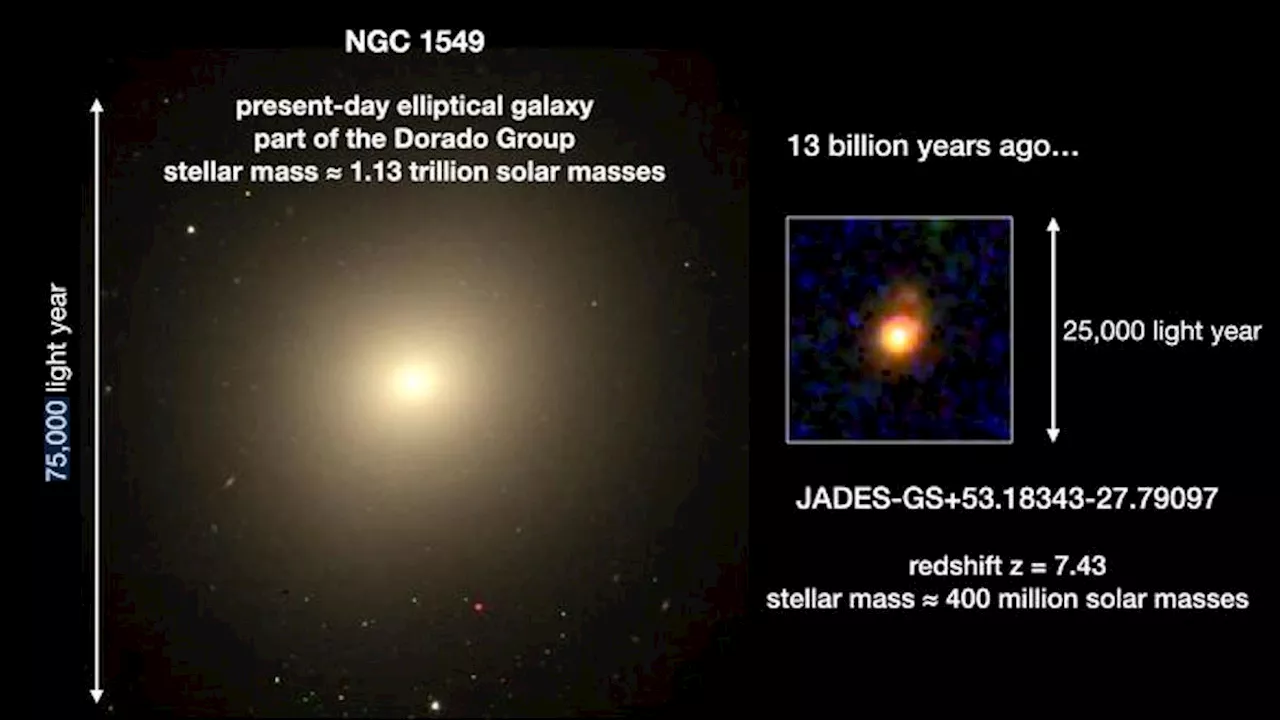 James Webb Space Telescope spies 'inside-out' star formation in ancient galaxy (image)Conor Feehly is a New Zealand-based science writer. He has earned a master's in science communication from the University of Otago, Dunedin. His writing has appeared in Cosmos Magazine, Discover Magazine and ScienceAlert.
James Webb Space Telescope spies 'inside-out' star formation in ancient galaxy (image)Conor Feehly is a New Zealand-based science writer. He has earned a master's in science communication from the University of Otago, Dunedin. His writing has appeared in Cosmos Magazine, Discover Magazine and ScienceAlert.
Read more »
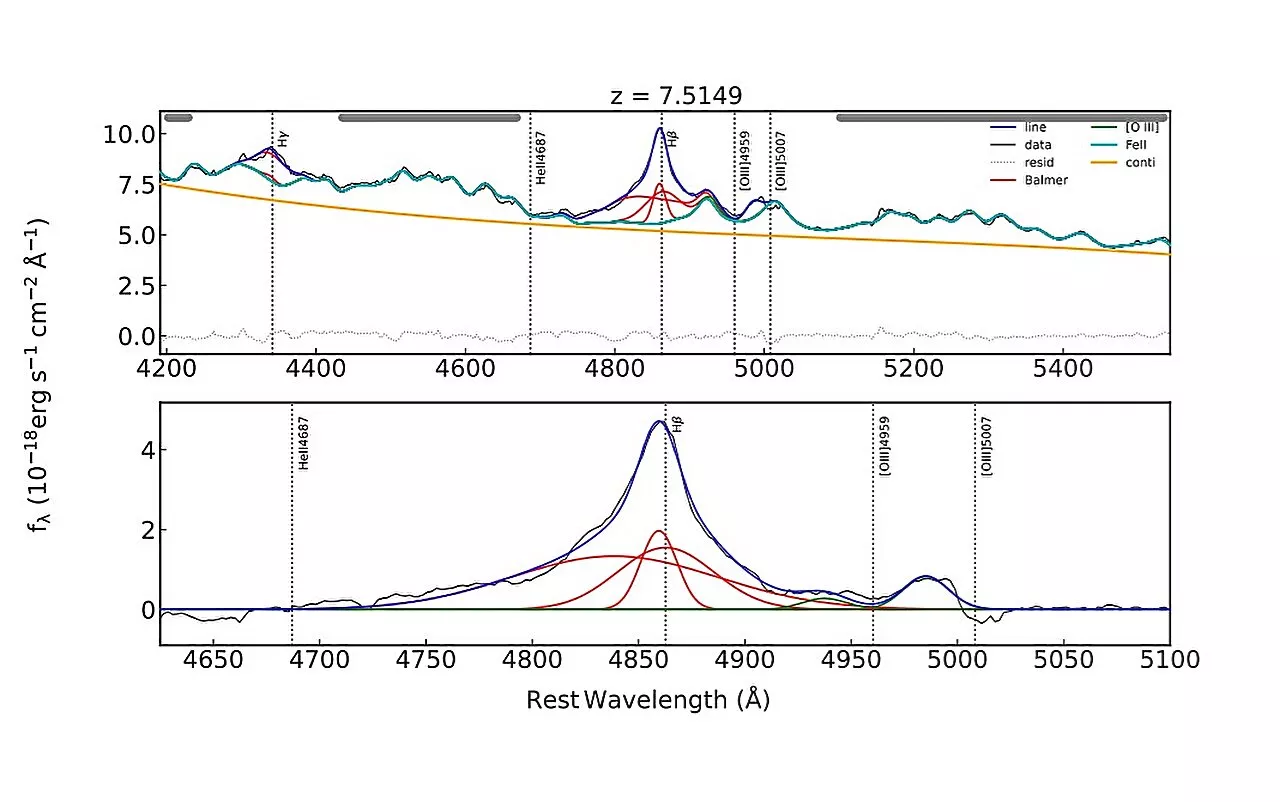 Webb detects fast outflow in the host galaxy of a luminous quasarThe James Webb Space Telescope has revealed a powerful outflow of gas emanating from the host galaxy of a luminous quasar, providing new insights into the interaction between supermassive black holes and their surroundings.
Webb detects fast outflow in the host galaxy of a luminous quasarThe James Webb Space Telescope has revealed a powerful outflow of gas emanating from the host galaxy of a luminous quasar, providing new insights into the interaction between supermassive black holes and their surroundings.
Read more »
![]() ‘Peep Show’ Icons Are Set to Have Their 97% Rotten Tomatoes Comedy Remade at HBOMark Corrigan (David Mitchell) and Jeremy “Jez” Usbourne (Robert Webb) in Peep Show
‘Peep Show’ Icons Are Set to Have Their 97% Rotten Tomatoes Comedy Remade at HBOMark Corrigan (David Mitchell) and Jeremy “Jez” Usbourne (Robert Webb) in Peep Show
Read more »
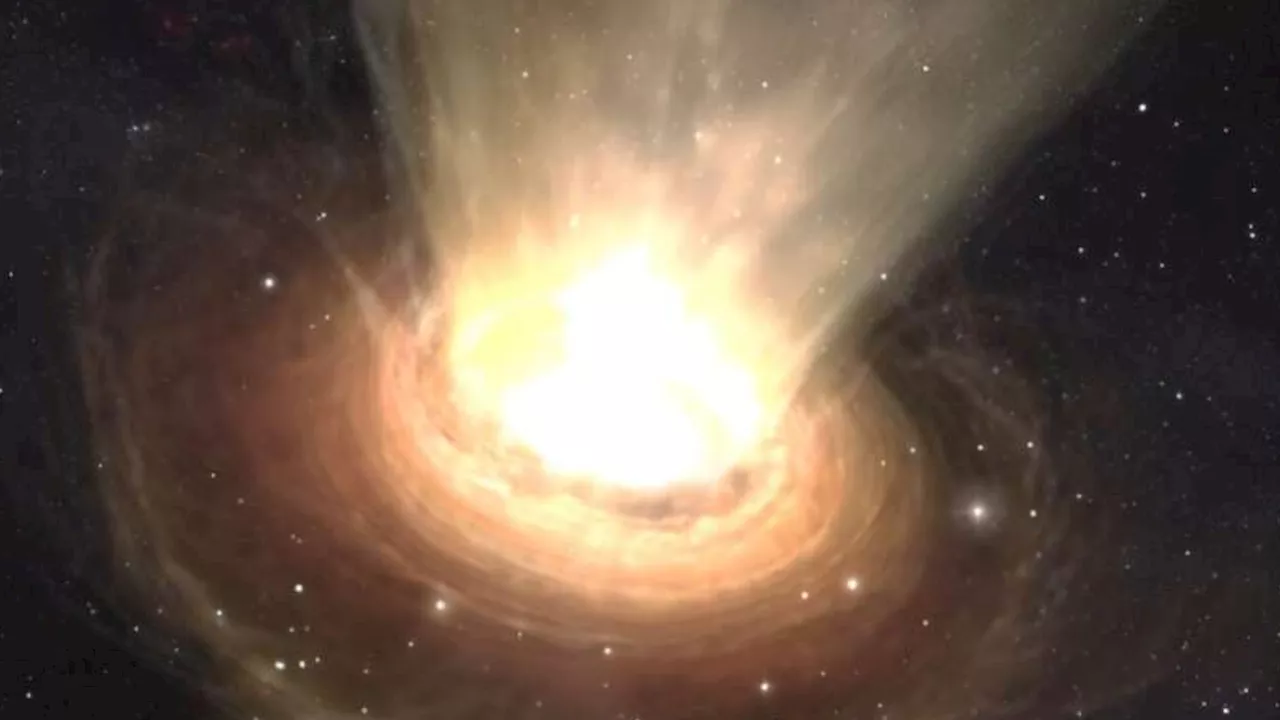 Ancient supermassive black hole is blowing galaxy-killing wind, James Webb Space Telescope findsRobert Lea is a science journalist in the U.K. whose articles have been published in Physics World, New Scientist, Astronomy Magazine, All About Space, Newsweek and ZME Science. He also writes about science communication for Elsevier and the European Journal of Physics. Rob holds a bachelor of science degree in physics and astronomy from the U.K.
Ancient supermassive black hole is blowing galaxy-killing wind, James Webb Space Telescope findsRobert Lea is a science journalist in the U.K. whose articles have been published in Physics World, New Scientist, Astronomy Magazine, All About Space, Newsweek and ZME Science. He also writes about science communication for Elsevier and the European Journal of Physics. Rob holds a bachelor of science degree in physics and astronomy from the U.K.
Read more »
 In odd galaxy, NASA's Webb finds potential missing link to first starsLooking deep into the early universe with NASA's James Webb Space Telescope, astronomers have found something unprecedented: a galaxy with an odd light signature, which they attribute to its gas outshining its stars.
In odd galaxy, NASA's Webb finds potential missing link to first starsLooking deep into the early universe with NASA's James Webb Space Telescope, astronomers have found something unprecedented: a galaxy with an odd light signature, which they attribute to its gas outshining its stars.
Read more »
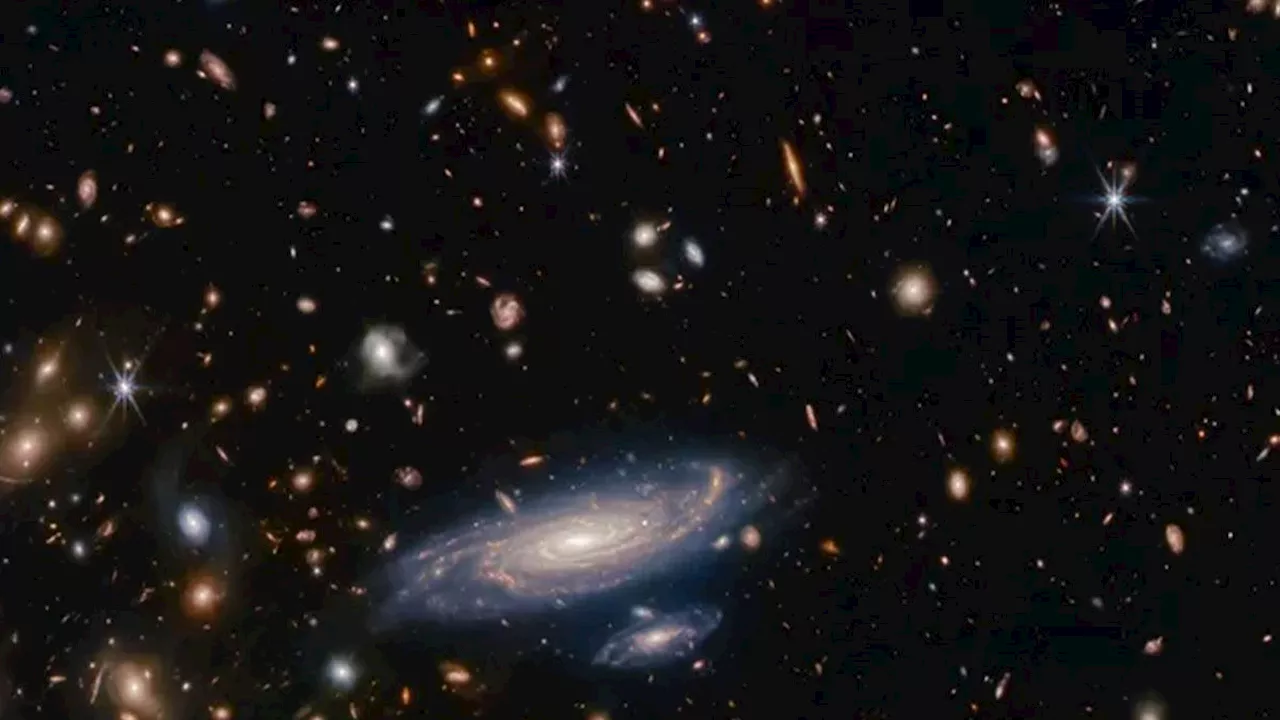 James Webb telescope discovers 'inside out galaxy' near the dawn of timeBen Turner is a U.K. based staff writer at Live Science. He covers physics and astronomy, among other topics like tech and climate change. He graduated from University College London with a degree in particle physics before training as a journalist.
James Webb telescope discovers 'inside out galaxy' near the dawn of timeBen Turner is a U.K. based staff writer at Live Science. He covers physics and astronomy, among other topics like tech and climate change. He graduated from University College London with a degree in particle physics before training as a journalist.
Read more »
